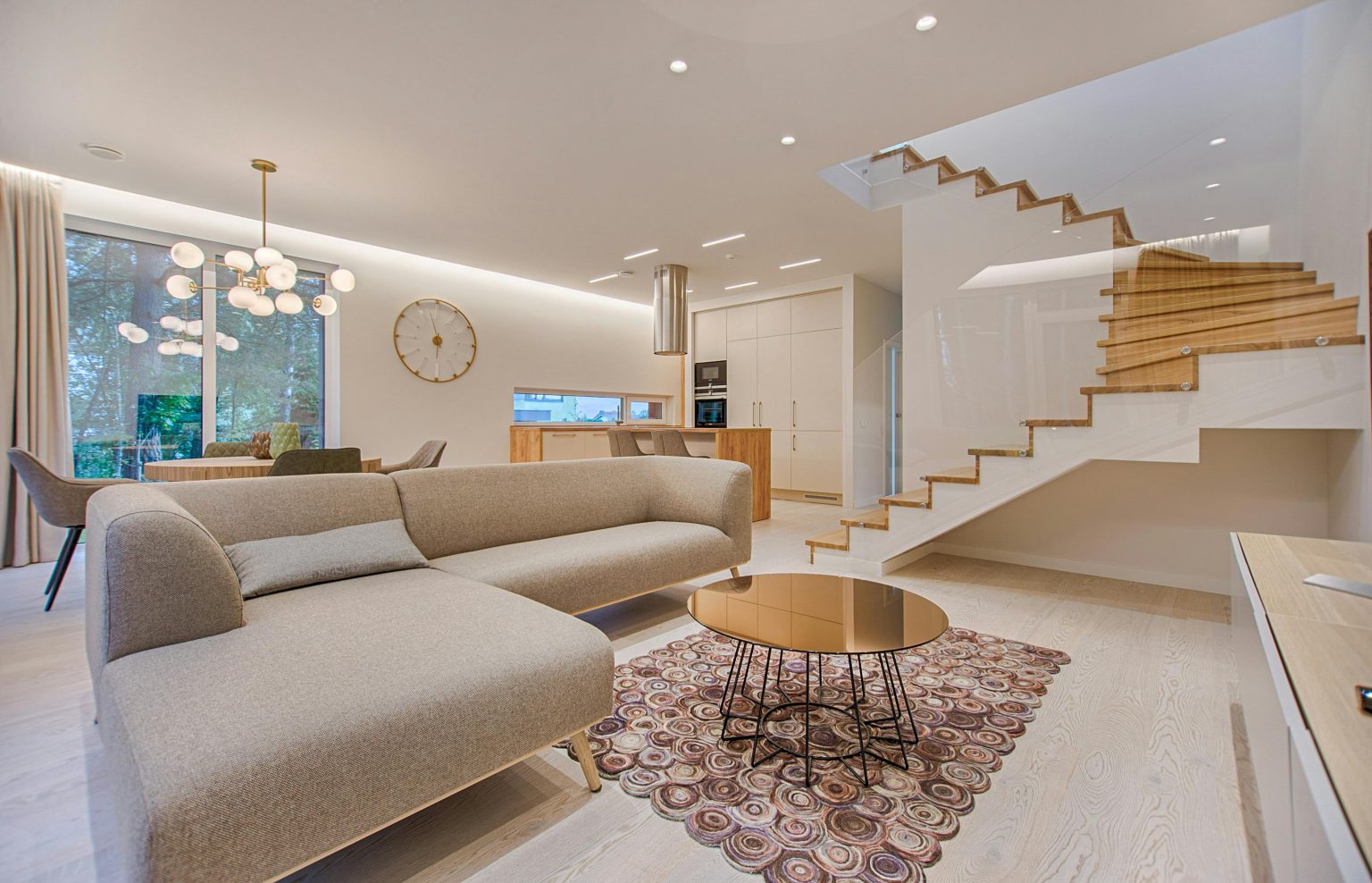Your home is the sanctuary where you unwind and recharge after a long day, connect with your loved ones, and prepare for the next journey. If you design your dream home thoughtfully and let your personality show through, this haven can heal you from daily life’s battles.
Wondering where to get started? Here are some effective tips!
1. Get a Clear Vision
Before you begin the design planning, you should get a clear vision of your dream home. You can think of it by yourself, take real-life inspiration from Pinterest, and discuss it with family members.
You can also create a mood board to define your vision even better. Jot down the basic requirements for each zone/room and which kind of mood you want every space to convey. Mix different colours, patterns, and textures to understand what works best.
This will help you get a clear image of the final results and support you during the actual design process.
If you’re not certain whether you’re going the right way, connect with an experienced Interior Designer to make your designs more cohesive and add relevant elements to infuse style and comfort.
2. Pay Attention to Functionality
Your home must cater to your and your loved ones’ specific needs. Even if you get inspiration from a friend’s home or a magazine, you shouldn’t copy a design blindly because that might not support your daily routine.
So, picture the most monotonous part of your family’s daily life, including how they begin their day, which rooms they go to and forth the most, and where they spend the longest time. Based on that, understand what kind of functionality you need in each zone.
While designing, consider the future changes and needs as well. For instance, if your parents grow old, think of some features to support the elderly. If you have yet to have children, assess the needs during pregnancy and for potential children.
3. Play Around with Different Lights
Natural light can create an illusion and make your space appear larger and cosier. So, install features to invite the most natural light to your space. For instance, strategically place windows so sunlight enters your home throughout the day. Invest in glass doors and skylights wherever possible.
Strategically place mirrors to reflect light throughout your space. If you want more privacy but do not completely block all lights, check out sheer curtains.
You must also add enough lights to create a well-lit home. Experiment with accent, ambient, and task lighting for a layered scheme.
To change light intensity according to your mood, use dimmers. Incorporate pendant lights of your taste to let your personality show through.
4. Spruce up the Walls
Your home’s walls are massive blank canvases, so make the most out of them. The simplest idea is to paint them in complementing shades or try textured painting.
Check out cladding and panelling options in solid wood, veneers, natural stones, semi-precious stones, or fabrics. Wallpapers are another simple option to bring life into your space.
However, if you want to keep things minimalistic, stick to single-toned walls and add photographs and artwork to add character.
The UK interior design market was evaluated at USD 5.58 billion in 2023 and is expected to reach USD 8.17 billion by 2032. So, you can find several options for your walls.
5. Get High-Quality Furniture
Furniture blends both style and comfort in your safe haven. So, invest in high-quality pieces to ensure premium durability. Check out timeless designs, as they’ll hardly ever go out of design.
Choose furniture that suits your home’s space. It mustn’t be too big as that can make your space look cramped and untidy. It must also not be too small, or the room will feel empty and incomplete,
6. Create Drama with Textures and Layers
Add depth to your home’s interiors by fusing different kinds of textures. This can be through rugs, cushions, throw blankets, and curtains.
For instance, a rug on a hard floor mixes coarse and soft textures, adding dimensions and interest.
7. Mark Activity Zones
If your space is small, it’s best to go with open layouts. However, this can lead to more clutter if you’re not organised. So, create different zones to define areas. Use rugs, furniture, lights, and desks to mark lounging, working, entertaining, and dining zones.
8. Add Some Storage Solutions
Reduce clutter with smart storage solutions, such as floating shelves and cabinets. Use furniture with concealed storage, such as ottomans. If you have a small space, invest more in vertical storage, over-the-door shelves, and hanging organisers.
Conclusion
While designing your home, make sure every element reflects your personality and lifestyle. Collaborate with interior designers, architects, and contractors, share your thoughts with them, and let your vision come alive.



